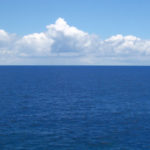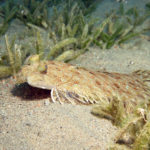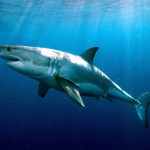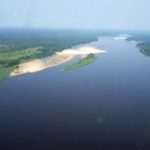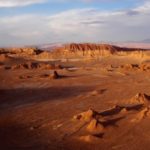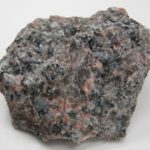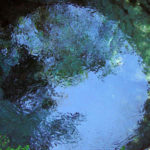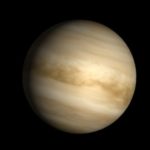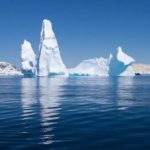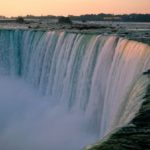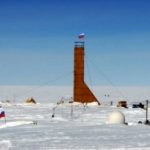Interesting facts about the Mariana Trench
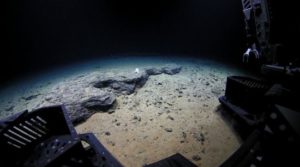 If there is the most remote place in the world, less explored than even the dry deserts of Antarctica, where there has been no rain or snow for millions of years, it is the Mariana Trench. Imagine the immense depth, where the rays of sunlight never penetrate, where the monstrous pressure of the water column presses with unimaginable force – this is it, the famous Mariana Trench.
If there is the most remote place in the world, less explored than even the dry deserts of Antarctica, where there has been no rain or snow for millions of years, it is the Mariana Trench. Imagine the immense depth, where the rays of sunlight never penetrate, where the monstrous pressure of the water column presses with unimaginable force – this is it, the famous Mariana Trench.
At present, it is reliably established that the Mariana Trench is the deepest place on earth. Its lower point, called the “Challenger’s Abyss,” is located at a depth of almost 11 kilometers below sea level.
Studies of the Mariana Trench continue to this day. A mark of 10,994 meters in depth was first achieved only in 2011.
The above-mentioned Challenger abyss has its name in honor of the research ship Challenger and its crew.
At the bottom of the Mariana Trench there are real mountains – the scientists found four mountain peaks there over 2.5 kilometers in height.
People first visited near the bottom of the Mariana Trench in 1960, when brave explorers sank to a depth of 10,918 meters in a bathyscaphe.
Its name was the Mariana Trench due to the Northern Mariana Islands.
Director James Cameron, author of “Avatar”, “Titanic” and the first two parts of “Terminator”, in 2012, too, dropped to a depth of 10,908 meters in the bathyscaphe. He is the only person in the world who has sunk alone to the bottom of the Mariana Trench.
At the bottom of the hollow, the water pressure is 1072 times the normal atmospheric pressure at sea level.
In the fantastic film “Pacific Frontier” it was from the portal that was opened on the bottom of the Mariana Trench that hostile aliens appeared.
If Mount Everest was at the bottom of the Mariana Trench, its peak would still separate about 2100 meters of the water column from the surface of the ocean.
The water temperature near the bottom of the Mariana Trench ranges from about +1 to +4 degrees Celsius.
At the bottom of the hollow, at a monstrous depth, there is life. The researchers found here giant amoebas. These unicellular organisms with a body up to 10 centimeters in diameter are, in fact, one huge cell.
The Mariana Trench is recognized as the largest marine reserve in the world.
